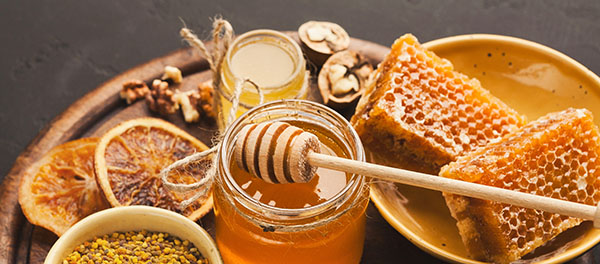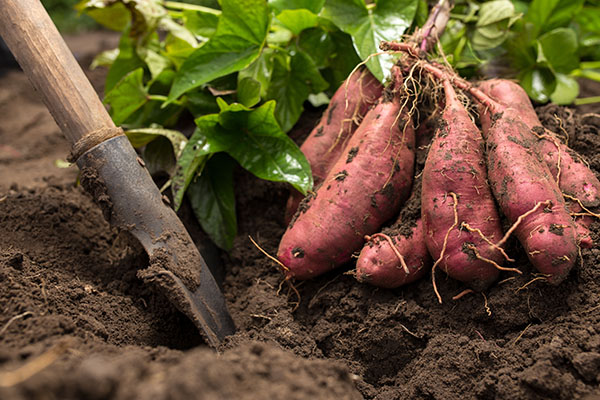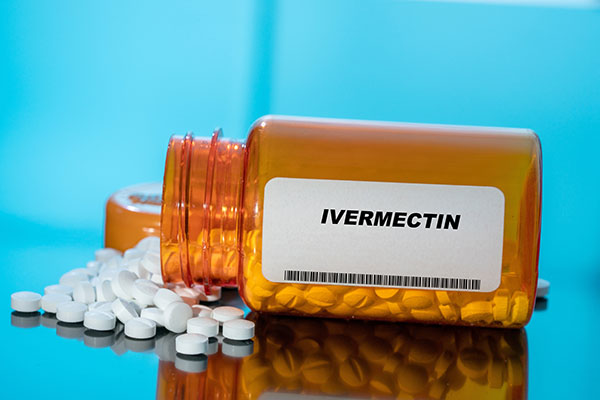
When you say “pumpkin,” you are most likely referring to Cucurbita pepo, but the term has been used to refer to other varieties and cultivars in the gourd family. C. pepo itself comes in various shapes and sizes, but “pumpkin” almost always pertains to the type that is spherical and yellow or orange in color.
Pumpkins were among the first foods to be brought back to Europe from the “New World,” where it was popular not just as a culinary ingredient, but also as a medicinal plant. It was traditionally used as a treatment for diabetes. Even its seeds were used as a treatment for intestinal parasites and worms.
Like many other types of squash, pumpkins have impressive levels of vitamin A, which plays an important role in eye health and the proper function of the skin, bones, and mucous membranes. Pumpkins also contain a huge variety of phytochemicals that give them anti-diabetic, anti-fungal, anti-bacterial, anti-inflammatory, and hypotensive properties. They contain two proteins, alpha-moschin and beta-moschin, that have been proven in studies to fight infections caused by three fungi species: Botrytis cinerea, Fusarium oxysporum, and Mycosphaerella arachidicola. Other studies also found pumpkins effective against hard-to-kill Candida albicans, the culprit behind diseases like thrush and yeast infections.
Pumpkins also contain protein-bound polysaccharides (PBPP) which help protect against diabetes by increasing insulin, decreasing blood glucose levels, and improving glucose tolerance. These proteins are believed to prevent the destruction of the pancreas’ beta-cells that produce insulin. The polyamine in the vegetable also promotes pancreatic health and function.
Eating pumpkins has many heart-friendly benefits. The vegetable contains phytoestrogens, specifically, secoisolariciresinol, that reduce cholesterol levels. This phytochemical also promotes heart health through the formation of new blood vessels. Pumpkin seeds are rich in linoleic and linolenic acids that fight off inflammation, as well as oleic fatty acids that help relax the blood vessels and lower blood pressure.
Modern research provides additional health benefits of pumpkins. Pumpkin seeds, for example, have been found to benefit men with benign prostatic hyperplasia (BPH). This is a non-cancerous condition where the prostate grows in size, leading to discomfort during urination, and which is common among older men. Pumpkin seed oil has been found to reduce the levels of hyperplasia in mice, which researchers attribute to the oil’s ability to inhibit the conversion of testosterone to dihydrotestosterone. Pumpkin seed oil has also been found to be beneficial as a treatment for urinary tract infections resulting from BPH.
Another animal study found that pumpkin seed oil can lower blood pressure and protect from atherosclerosis, the buildup of plaque that often results in heart attacks. In fact, the oil’s hypotensive properties have been compared to those of amlodipine, a common medication prescribed to hypertensive people.
A study on post-menopausal women found that the secoisolariciresinol in pumpkins not only reduces blood cholesterol levels and diastolic blood pressure, it also led to a decrease in hot flashes and headaches. The participants also experienced reductions in joint pain.
The anti-diabetic properties of pumpkins are not limited to just the fruits. Research suggests even the seeds have the abilities to lower glucose levels, too. Animal and human studies have yielded results so promising that pumpkin seed oil is being considered an alternative mode of treatment for the chronic disease.
Finally, pumpkin seed oil has been proven to have antimicrobial properties against a wide variety of bacterial and fungal pathogens, including Acinetobacter baumannii, Aeromonas veronii biogroup sobria, Candida, Enterococcus faecalis, Klebsiella pneumoniae, Pseudomonas aeruginosa, Salmonella enterica subsp. enterica serotype typhimurium, Serratia marcescens, Staphylococcus aureus, and E. coli.
Discover the many benefits of pumpkins by visiting Veggie.news.
Sources include:
Please contact us for more information.























